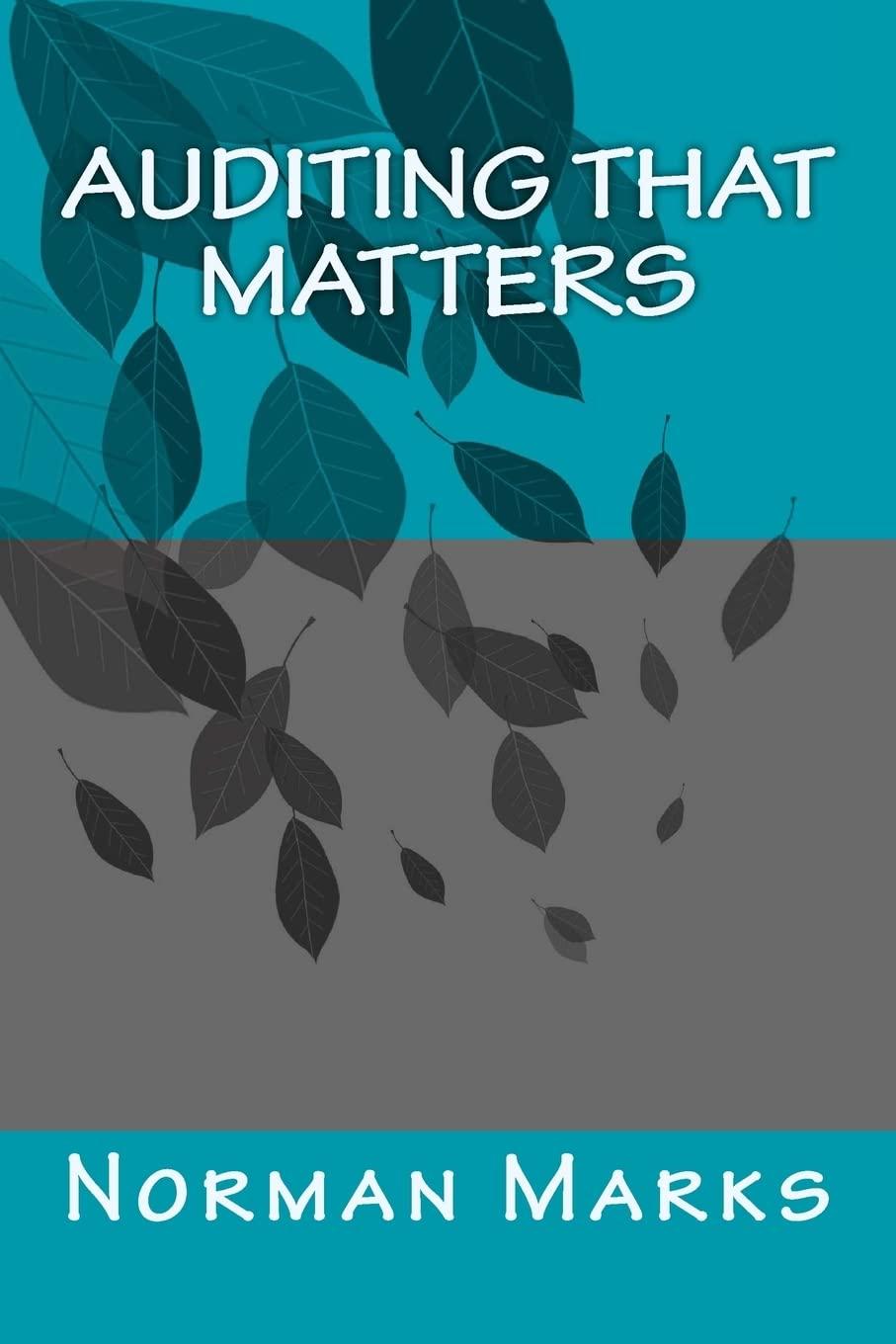Question
Firms A and B are identical except for their capital structure. A carries no debt, whereas B carries 50m of debt on which it pays
Firms A and B are identical except for their capital structure. A carries no debt, whereas B carries 50m of debt on which it pays a 5% interest rate. Assume no taxes and perfect capital markets where investors and firms can lend and borrow at the same risk free rate. Some of the relevant numbers are provided in the following table (in m):
|
| A | B |
| Value of Firm | 100 |
|
| Debt | 0 | 50 |
| Equity | 100 |
|
| Earnings before interest | 10 | 10 |
| Interest payment | 0 | 2.5 |
| Interest rate | Not Applicable | 5% |
Which one of the following is false?
AIn the absence of arbitrage opportunities, the value of B is 100m
BIn the absence of arbitrage opportunities, Bs weighted average cost of capital is 10%
CIn the absence of arbitrage opportunities, Bs return on equity is 15%
DIn the absence of arbitrage opportunities, Bs return on equity is higher than As return on equity.
Asset A has an expected return of 10% and a standard deviation of 7%. Asset B has an expected return of 8% and a standard deviation of 12%. Assume that the returns of the two assets are uncorrelated. A rational risk averse investor would
A. Never invest his entire wealth in asset B
BAlways invest his entire wealth in asset A, since asset B is dominated
C. Always invest in a diversified portfolio containing both assets independently of his degree of risk aversion
D. Always invest in a balanced portfolio containing 50% of asset A and 50% of asset B
Assets A and B have identical betas and standard deviations equal to 0% and 10%, respectively. Which one of the following statements is false?
A. Asset A is a risk free asset
B. The beta of asset B is equal to zero
C. The two assets have the same expected return
D. Asset B carries both diversifiable risk and systemic risk
In a Modigliani and Miller world with no taxes, consider a firm paying Z per share in dividends. An investor owns 100 shares and the ex-dividend share price is 100. Which one of the following is false?
A. If the investor does not need cash and wants to keep the amount invested in shares unchanged, he simply needs to buy a number Z of additional shares.
BIf the investor wants to have more than 100xZ in cash, he will just need to sell some of his shares
C. The investor does not care about how much he holds in shares and how much he holds in cash
D. The investor is indifferent between any Z chosen by the firm
Step by Step Solution
There are 3 Steps involved in it
Step: 1

Get Instant Access to Expert-Tailored Solutions
See step-by-step solutions with expert insights and AI powered tools for academic success
Step: 2

Step: 3

Ace Your Homework with AI
Get the answers you need in no time with our AI-driven, step-by-step assistance
Get Started


